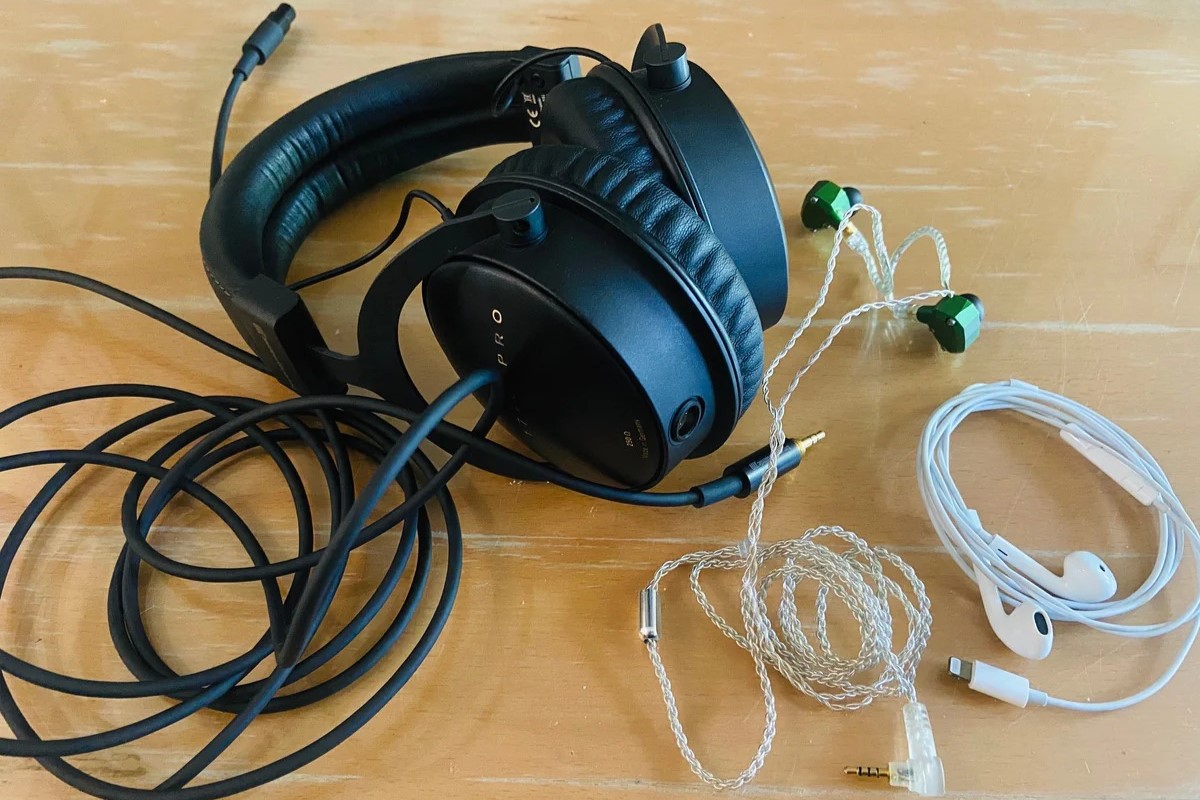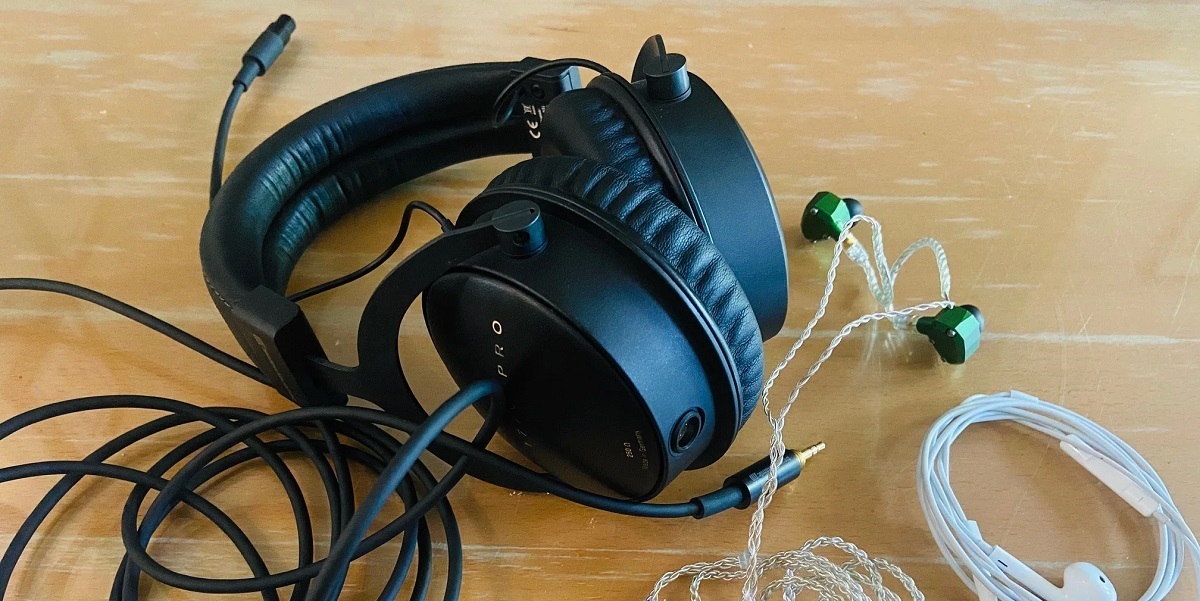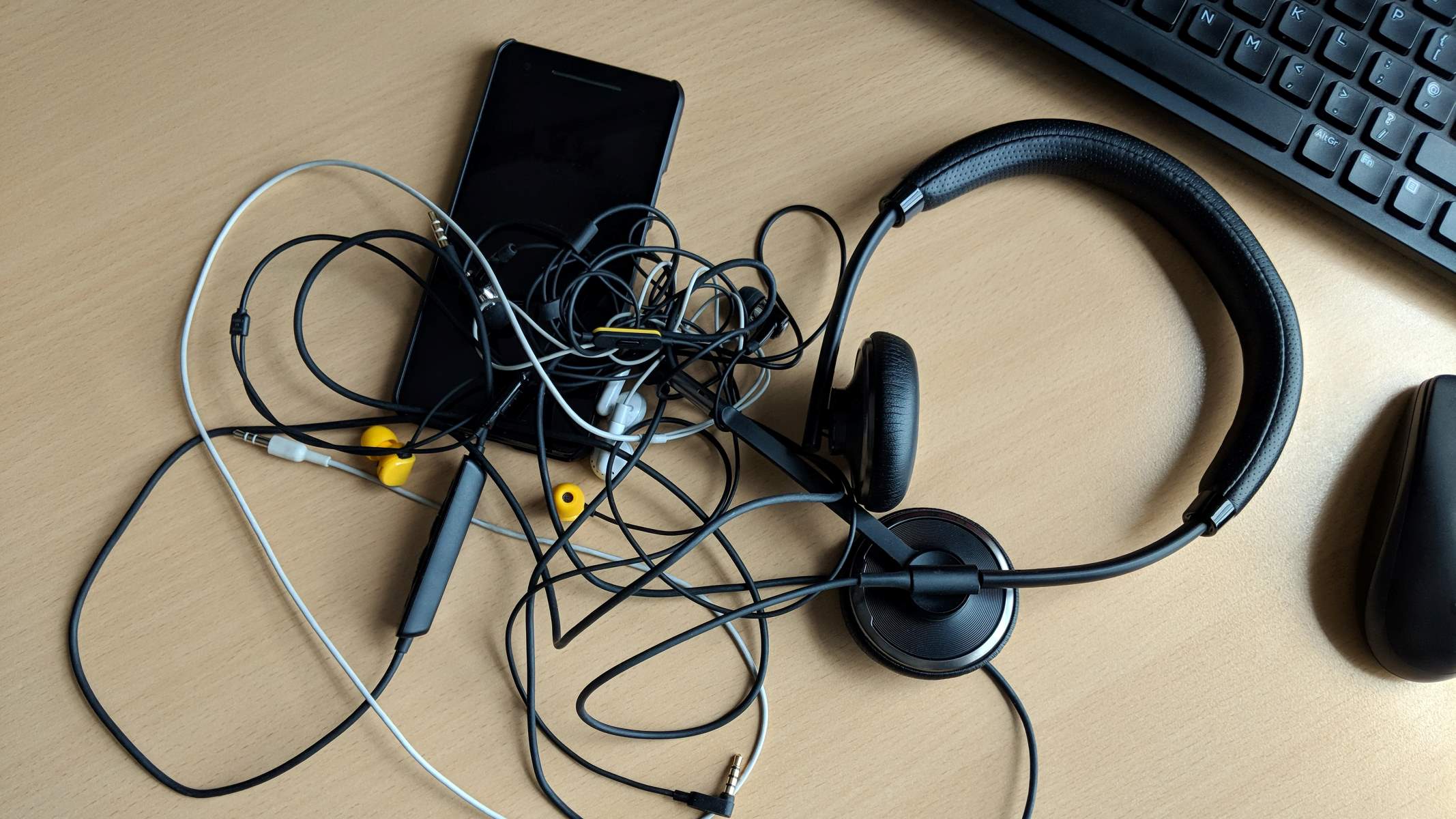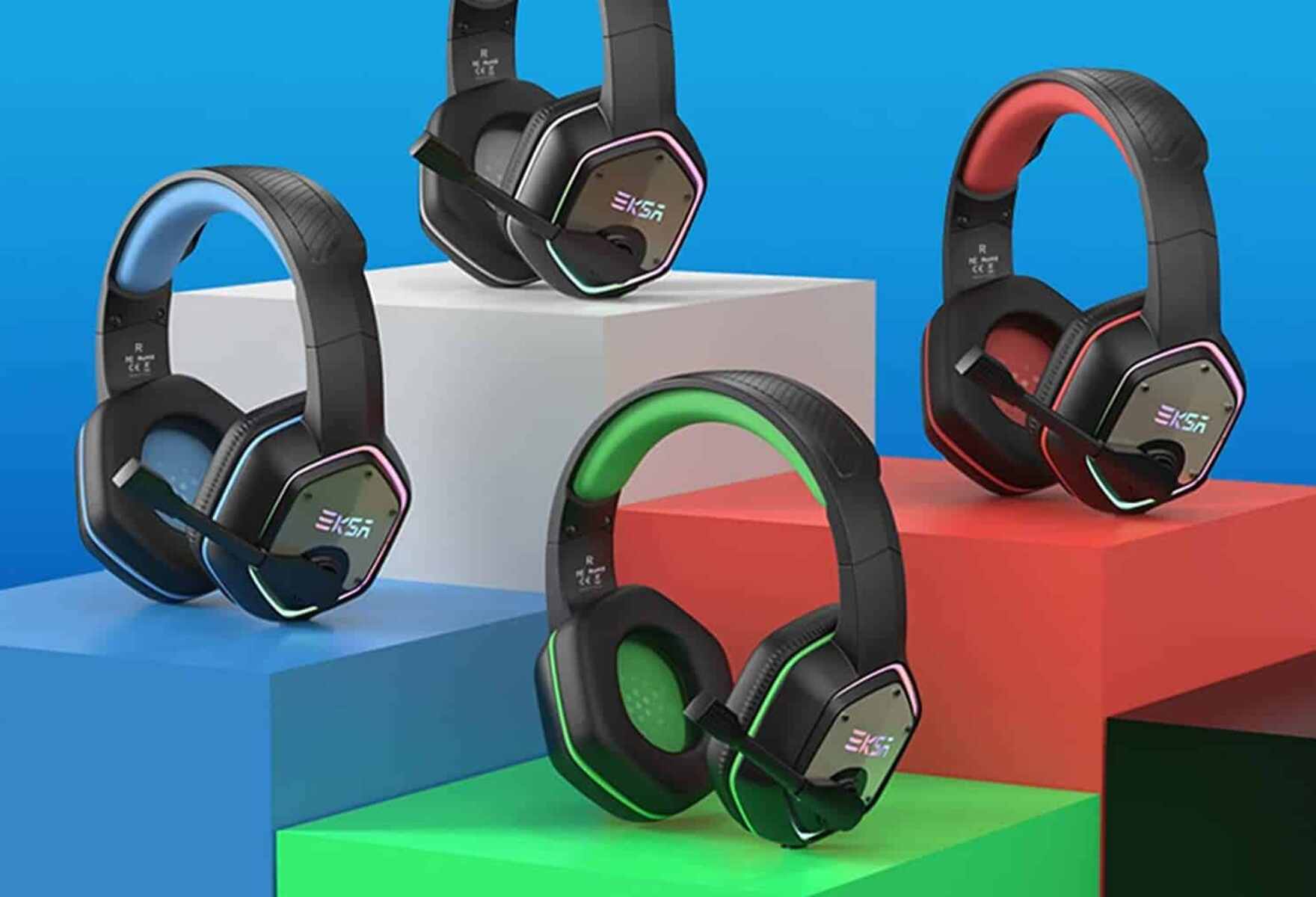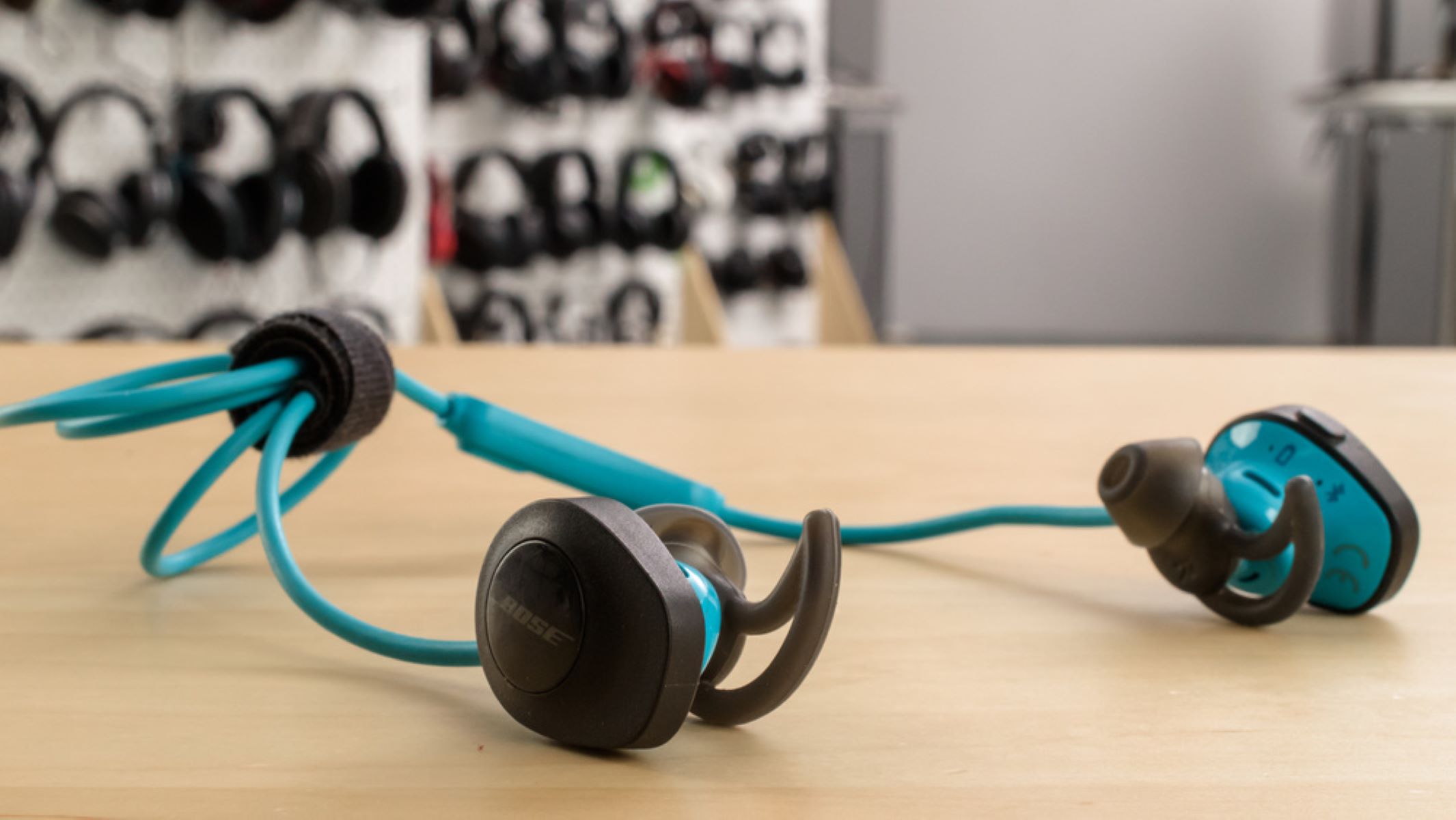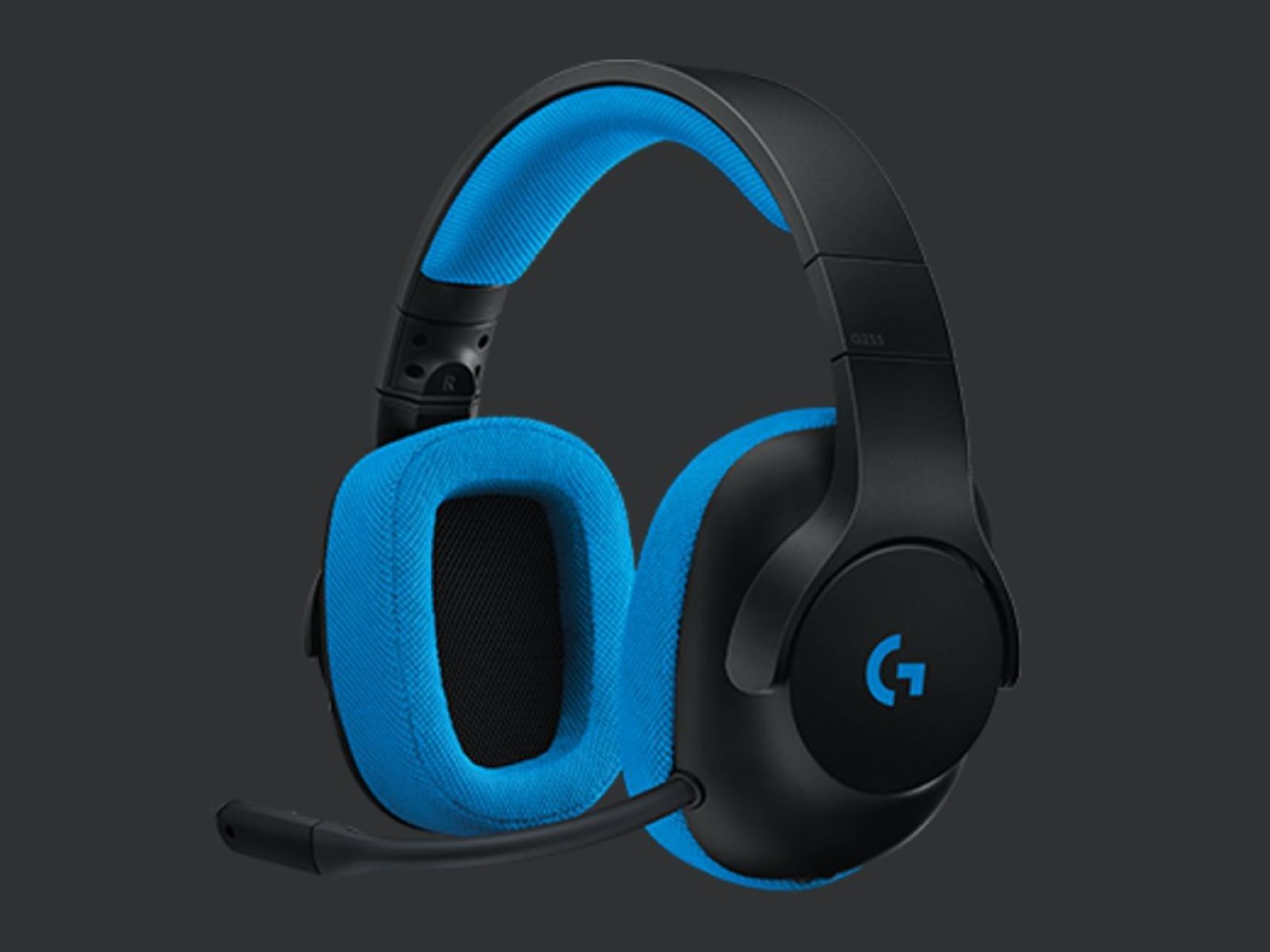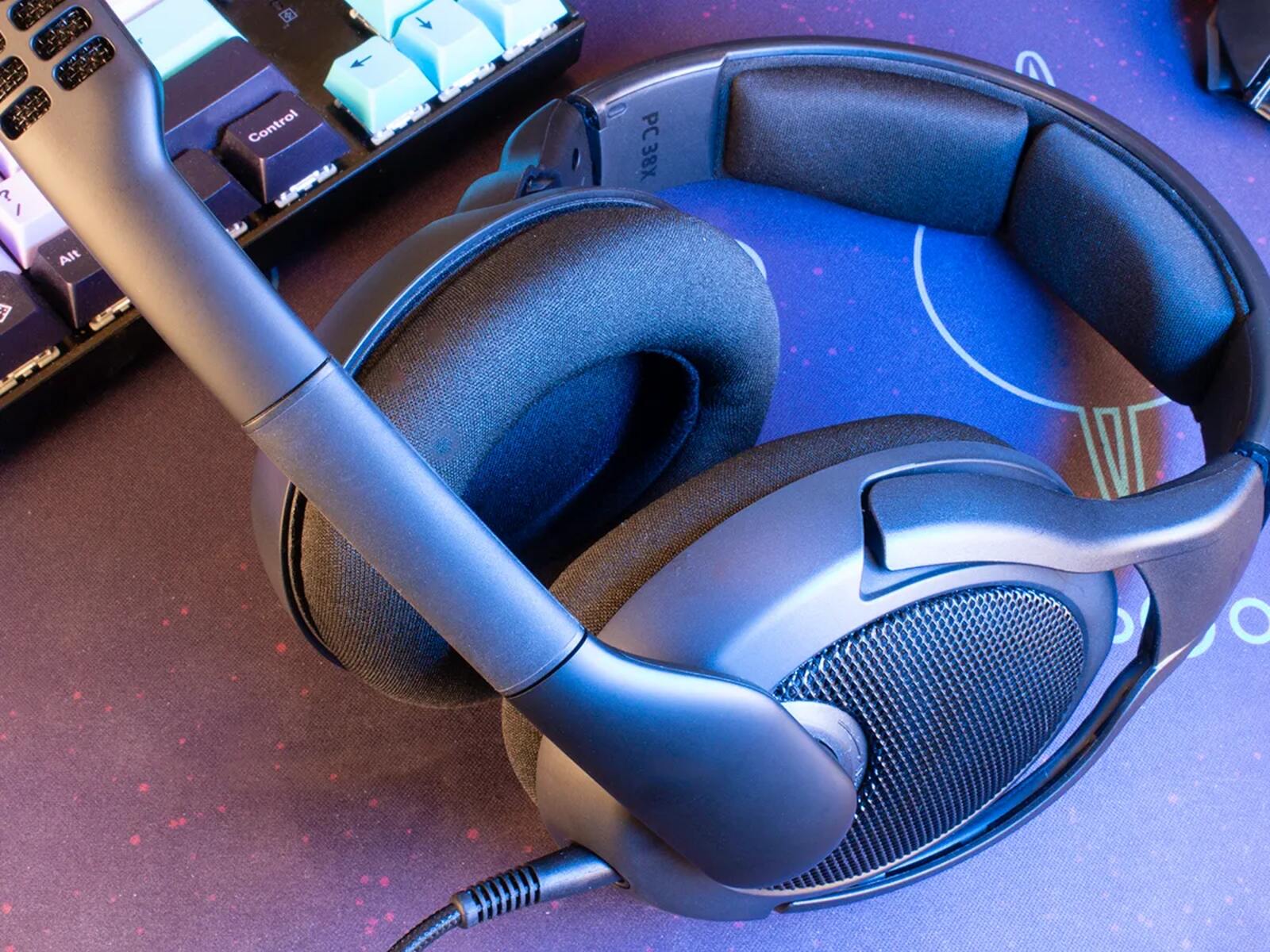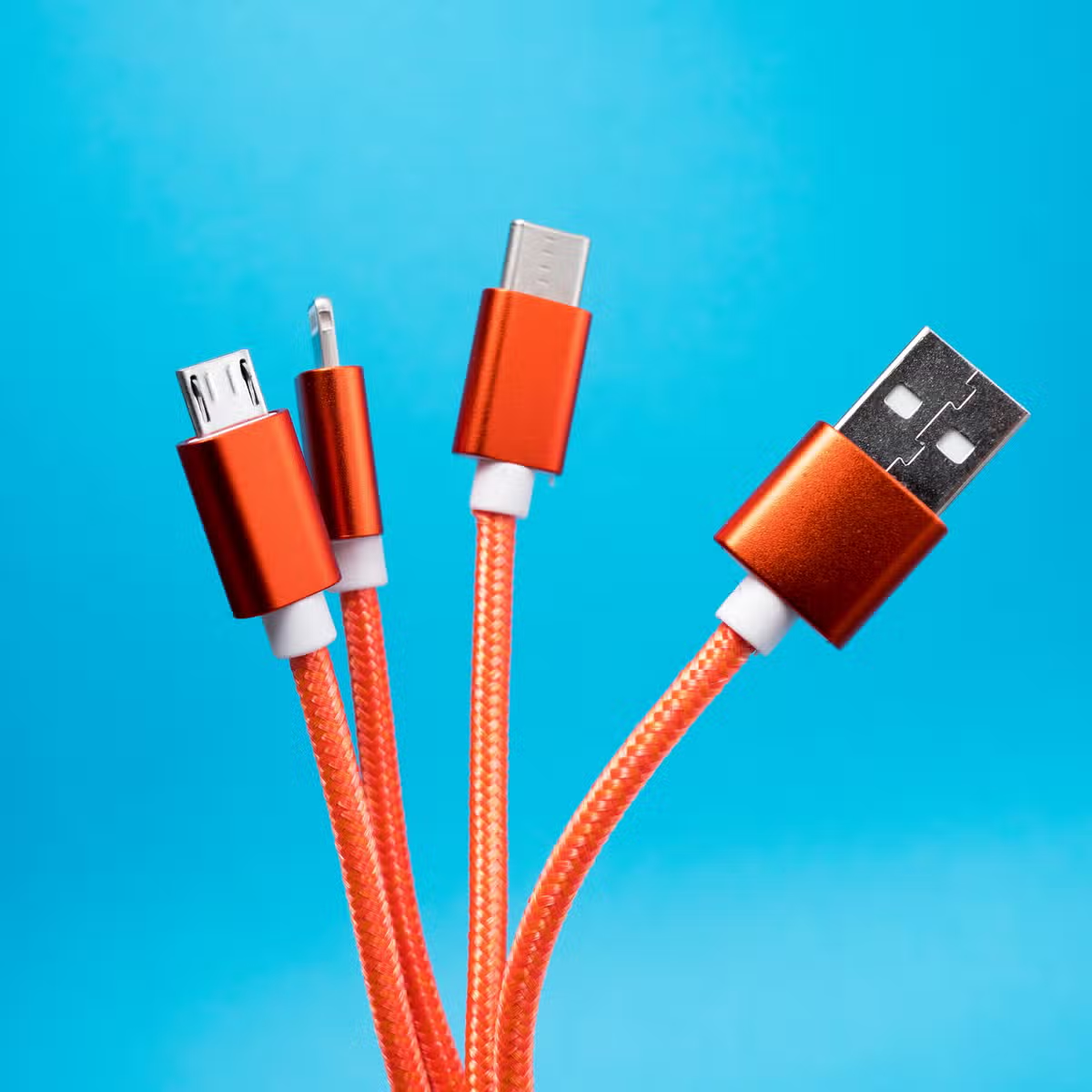Introduction
Tangled headset cords are a common frustration for gadget enthusiasts and music lovers alike. Whether you're on the go or unwinding at home, dealing with a knotted mess of wires can be a major inconvenience. Fortunately, there are several strategies and tools available to prevent this annoyance and keep your headset cord tangle-free.
In this comprehensive guide, we'll delve into the world of headset cord management, exploring the best practices for preventing tangles and maintaining the longevity of your beloved audio accessory. From selecting the right headset to mastering proper cord management techniques, we'll cover everything you need to know to bid adieu to frustrating tangles and knots.
So, if you're tired of spending valuable time unraveling your headset cord instead of enjoying your favorite tunes or engaging in important calls, stay tuned. We're about to embark on a journey to unravel the mysteries of tangle-free headset cords and equip you with the knowledge and tools to keep your cords neat and hassle-free. Let's dive in and discover the secrets to maintaining a tangle-free headset experience.
Choosing the Right Headset
Selecting the right headset is the first step toward ensuring a tangle-free experience. When choosing a headset, consider the design of the cord. Opt for headsets with flat, ribbon-style cords instead of round cables. The flat design reduces the likelihood of tangling, making it easier to keep the cord organized and knot-free. Additionally, flat cords are less prone to twisting, which can contribute to tangles.
Furthermore, the length of the cord is a crucial factor to consider. A longer cord may offer flexibility in movement, but it also increases the risk of tangling. Conversely, a shorter cord may limit mobility but can significantly reduce the chances of tangles. Assess your typical usage scenarios and choose a cord length that aligns with your needs while minimizing the risk of tangles.
Another consideration when selecting a headset is the material and construction of the cord. Durable, high-quality materials can contribute to the longevity of the headset and reduce the likelihood of fraying or tangling. Look for headsets with reinforced or tangle-resistant cords, as they are specifically designed to minimize tangles and knots.
In addition to the cord design, the type of connector can also impact tangle prevention. Some headsets feature angled or L-shaped connectors, which can help reduce strain on the cord and minimize the risk of tangles, especially when connected to devices in pockets or bags. These connectors can also enhance the overall durability of the headset, contributing to a longer lifespan.
Lastly, consider wireless options. Wireless headsets eliminate the hassle of dealing with cords altogether, offering a seamless and tangle-free listening experience. With advancements in wireless technology, these headsets provide high-quality sound and convenient functionality without the limitations of traditional corded designs.
By carefully evaluating these factors and selecting a headset with tangle-resistant features, you can significantly reduce the likelihood of dealing with knotted cords, ultimately enhancing your overall headset experience.
Proper Cord Management
Proper cord management is essential for preventing headset cord tangles and maintaining a hassle-free audio experience. By implementing effective cord management techniques, you can significantly reduce the likelihood of dealing with knotted and twisted cords. Here are some practical strategies to keep your headset cord organized and tangle-free:
1. Untangling Method:
When you first acquire a new headset or encounter a tangled cord, it's crucial to employ the proper untangling method. Instead of yanking and pulling the cord, which can exacerbate the tangles, gently straighten the cord and work through the knots methodically. Starting from the headset end, carefully untangle the cord by running your fingers along its length, gradually unraveling any twists and knots. This patient approach can prevent the cord from becoming further entangled and minimize the risk of damaging the internal wiring.
2. Looping Technique:
After using your headset, employ a looping technique to store the cord. Start by holding the headset and allowing the cord to hang freely. Then, create large, loose loops with the cord, ensuring that each loop is not twisted or tangled. Once the entire cord is looped, secure it with a twist tie or a cord organizer to maintain its organized form. This looping method prevents the cord from tangling and makes it easier to unravel when you're ready to use the headset again.
3. Avoiding Sharp Bends:
When using your headset, be mindful of sharp bends and kinks in the cord. Sharp bends can lead to permanent creases and twists in the cord, increasing the likelihood of tangles. Instead, aim to keep the cord in a natural, relaxed position, allowing it to hang freely without unnecessary strain. By avoiding sharp bends and kinks, you can preserve the cord's integrity and minimize the risk of tangles.
4. Regular Inspection:
Periodically inspect your headset cord for any signs of wear, fraying, or damage. Address any issues promptly to prevent potential tangles and maintain the overall functionality of the headset. By identifying and addressing potential cord issues early on, you can prolong the lifespan of your headset and minimize the risk of tangles caused by damaged or compromised cords.
5. Cord Wrapping:
When storing your headset, utilize a cord wrapping technique to keep the cord organized. Start by coiling the cord in a loose, figure-eight pattern to prevent kinks and twists. Secure the coiled cord with a twist tie or a designated cord organizer to maintain its shape. This method ensures that the cord remains tangle-free and easily accessible for future use.
By incorporating these proper cord management techniques into your headset maintenance routine, you can effectively minimize tangles and knots, ensuring a seamless and enjoyable audio experience. With a proactive approach to cord management, you can bid farewell to frustrating tangles and maintain your headset in optimal condition for long-term use.
Using Cord Organizers
Cord organizers are invaluable tools for maintaining a tangle-free headset experience. These versatile accessories are designed to keep cords neatly organized, preventing knots and tangles that often plague traditional headset cords. By incorporating cord organizers into your headset maintenance routine, you can streamline cord management and enjoy a hassle-free audio experience. Here's how you can leverage cord organizers to keep your headset cord tangle-free:
1. Cable Clips and Holders:
Cable clips and holders are practical cord organizers that help secure and manage headset cords. These small yet effective accessories can be attached to various surfaces, such as desks, walls, or electronic devices, providing a designated space to neatly route and store the headset cord when not in use. By keeping the cord in place and preventing it from dangling or tangling, cable clips and holders contribute to a clutter-free environment and ensure easy access to the headset when needed.
2. Cord Winders:
Cord winders, also known as cable winders or spools, offer a convenient solution for organizing and storing headset cords. These compact devices feature a spool-like design that allows you to neatly wind the cord around the winder, keeping it tangle-free and easily accessible. Cord winders are particularly useful for travel and on-the-go use, as they prevent the cord from becoming tangled in bags or pockets, providing a quick and efficient way to store the headset cord between uses.
3. Cable Ties and Velcro Straps:
Cable ties and Velcro straps are versatile cord organizers that offer adjustable and reusable solutions for managing headset cords. These accessories allow you to secure the cord in a neat and organized manner, minimizing the risk of tangles and knots. Whether you're coiling the cord for storage or bundling it for on-the-go use, cable ties and Velcro straps provide a simple yet effective way to maintain cord organization and prevent frustrating tangles.
4. Cord Management Cases:
Cord management cases, also referred to as cable organizers or cord pouches, offer a comprehensive solution for storing and protecting headset cords. These cases typically feature multiple compartments and secure closures, allowing you to neatly coil and store the headset cord along with its connectors and accessories. Cord management cases are ideal for individuals who prioritize portability and organization, as they provide a dedicated space to keep the headset cord tangle-free and readily available for use.
By incorporating these cord organizers into your headset maintenance routine, you can effectively minimize tangles and knots, ensuring a seamless and enjoyable audio experience. With the aid of practical cord organizers, you can bid farewell to frustrating tangles and maintain your headset in optimal condition for long-term use.
Storing Your Headset Properly
Properly storing your headset is a crucial aspect of maintaining a tangle-free cord and ensuring the longevity of your audio accessory. By implementing effective storage practices, you can minimize the risk of tangles and knots, preserving the functionality and appearance of your headset. Here's a detailed look at the best practices for storing your headset properly:
1. Dedicated Storage Space:
Designating a specific storage space for your headset is essential for preventing tangles and minimizing potential damage. Whether it's a drawer, a headphone stand, or a dedicated case, having a designated spot for your headset ensures that the cord is neatly organized and protected when not in use. Avoid tossing your headset into cluttered areas where the cord can become entangled with other items, and opt for a clean, designated storage space to maintain cord integrity.
2. Proper Coiling Technique:
When storing your headset, utilize a proper coiling technique to keep the cord organized and tangle-free. Start by gently coiling the cord in a loose, figure-eight pattern, ensuring that each loop is smooth and free of twists. Avoid creating tight coils or sharp bends, as these can lead to tangles and potentially damage the cord over time. By employing a proper coiling technique, you can ensure that the headset cord remains in optimal condition and ready for use whenever needed.
3. Protective Carrying Case:
If you frequently transport your headset, investing in a protective carrying case is highly beneficial. These cases are specifically designed to safeguard headsets during travel and storage, offering a secure and organized solution for keeping the cord tangle-free. Look for cases with soft, padded interiors and dedicated compartments for the headset and its accessories. By utilizing a protective carrying case, you can effectively prevent tangles and protect your headset from potential damage while on the go.
4. Hanging Storage Solutions:
For individuals seeking an alternative to traditional storage methods, hanging storage solutions offer a practical and tangle-free option. Headphone stands, wall-mounted hooks, or over-the-door organizers provide a convenient way to store headsets without the risk of cord tangles. By hanging the headset when not in use, you can ensure that the cord remains straight and free from knots, enhancing the overall organization and accessibility of your audio accessory.
5. Temperature and Humidity Considerations:
When selecting a storage location for your headset, consider environmental factors such as temperature and humidity. Avoid storing your headset in areas exposed to extreme heat, direct sunlight, or high humidity, as these conditions can potentially damage the cord and compromise its integrity. Opt for a cool, dry storage space to maintain the quality of the headset cord and prevent unnecessary wear and tear.
By incorporating these proper storage practices into your headset maintenance routine, you can effectively minimize tangles and knots, ensuring a seamless and enjoyable audio experience. With a proactive approach to storing your headset, you can bid farewell to frustrating tangles and maintain your audio accessory in optimal condition for long-term use.
Conclusion
In conclusion, maintaining a tangle-free headset cord is not only achievable but essential for preserving the functionality and longevity of your audio accessory. By carefully selecting the right headset with tangle-resistant features and implementing proper cord management techniques, you can significantly reduce the frustration of dealing with knotted and twisted cords. Additionally, leveraging cord organizers and adopting effective storage practices can further enhance your ability to keep the headset cord organized and tangle-free.
By prioritizing the selection of a headset with a flat, ribbon-style cord, suitable length, durable materials, and tangle-resistant features, you can proactively minimize the risk of cord tangles. Furthermore, being mindful of proper cord management techniques, such as employing the correct untangling method, utilizing looping and coiling techniques, and avoiding sharp bends, can contribute to a hassle-free headset experience.
The integration of cord organizers, including cable clips, cord winders, cable ties, and cord management cases, offers practical solutions for maintaining a tangle-free headset cord. These accessories provide a structured approach to cord organization, preventing knots and tangles that often arise from haphazard cord storage.
Properly storing your headset in a dedicated space, utilizing a gentle coiling technique, investing in a protective carrying case, and considering environmental factors such as temperature and humidity can significantly impact the condition of the headset cord. By implementing these storage practices, you can safeguard the cord from potential damage and ensure that it remains tangle-free and ready for use.
In essence, by incorporating the strategies and techniques outlined in this guide, you can bid farewell to the frustration of untangling headset cords and embrace a seamless and enjoyable audio experience. Whether you're a music enthusiast, a frequent traveler, or a professional relying on clear communication, a tangle-free headset cord can enhance your overall productivity and enjoyment.
So, as you embark on your journey to maintain a tangle-free headset cord, remember that with the right headset selection, effective cord management, the utilization of cord organizers, and proper storage practices, you can elevate your audio experience and bid adieu to the hassle of tangled cords. Embrace the art of tangle-free headset cord management and savor uninterrupted, hassle-free audio enjoyment.







